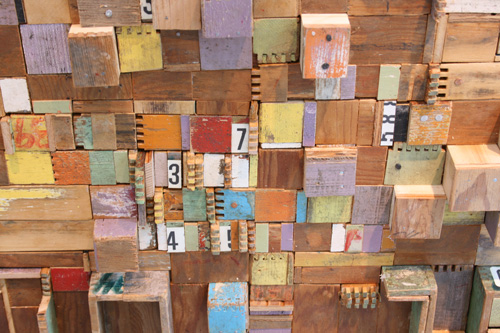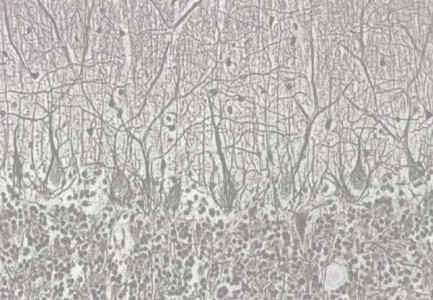Use the blog to document an idea..... the bio-art-wall
/ I’m working on an art installation and series that looks toward the future – where our daily movement, our sleep, nutrition, heart rate variability, online productivity and mood are all passively captured and there is a subtly changing art-bio-wall in our house that plays back our pattern to us. It’s both soothing, beautiful and something like portraiture. Uses game dynamics to subtly nudge us toward patterns that we know correlate with feeling better. Wavelet coherence can capture the relationship of our data with who we live with (and in offices, might be the correlation of how a team is working together). Anyway….rather than digital, I think these are warmer and more appealing if handbuilt (maybe the Makerbot cupcake CNC of 2025 just spits out physical wall texture).
I’m working on an art installation and series that looks toward the future – where our daily movement, our sleep, nutrition, heart rate variability, online productivity and mood are all passively captured and there is a subtly changing art-bio-wall in our house that plays back our pattern to us. It’s both soothing, beautiful and something like portraiture. Uses game dynamics to subtly nudge us toward patterns that we know correlate with feeling better. Wavelet coherence can capture the relationship of our data with who we live with (and in offices, might be the correlation of how a team is working together). Anyway….rather than digital, I think these are warmer and more appealing if handbuilt (maybe the Makerbot cupcake CNC of 2025 just spits out physical wall texture).
At the outset, I’m totally hand calibrating, and hand building….and will figure it out, somehow. I’m measuring more about myself….and realized after getting a bunch of sleep data from ZEO that everyone’s sleep patterns are very obviously individual....the overarching pattern is similar, but each has a distinct rhythm.
No, the image in this blog is not the pattern....but you get the idea. I'm working with new materials, and sorting it out....
Wish I could file a patent on the algorithm, but will use copyright, and date time stamps to document where this is going. We're prepping for an art talk on Sept 13, 2011 in New York with Hyperallergic. Will bring the maquette, and slides....lots to discuss.






